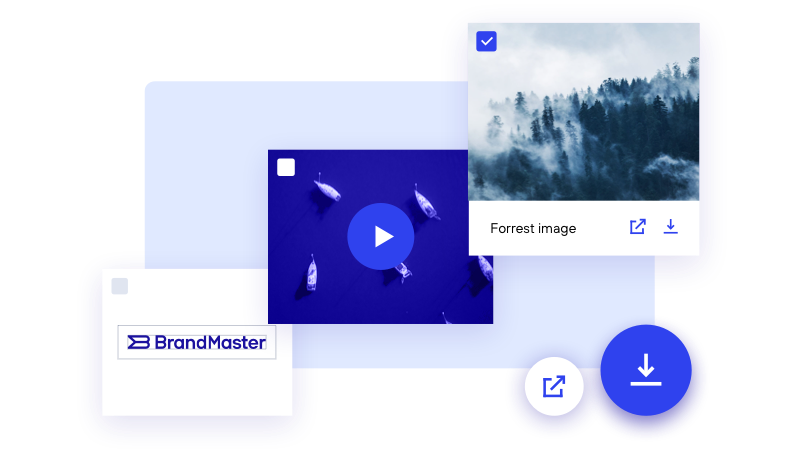A Digital Asset Management system is the perfect tool for companies who is seeking to streamline and rationalize asset protection and storage. And any talk about a DAM system really boils down to one major thing: Deliver with confidence!
 Why invest in a digital asset management system?
Why invest in a digital asset management system?
Digital asset management is about organizing and distributing all company assets from one single location. Seems easy right? Yes, on paper this is a no brainer. However, take your own company. Where do you store your assets? Are they available for everyone in your company and are they searchable? Employees and departments often have their own individual "systems", but what happens when the persons that created the system leaves the company? Or what if that system breaks down? Is there a back-up? There are a tone of pitfalls when it comes to managing digital assets.
With a proper digital asset management system in place, you'll not only avoid these pitfalls, you will also streamline company efficiency that drains both resources and increases hidden costs.
Also read: Why digital asset management is important
1. Accessing digital assets
Centralising the location of all your marketing related content results in a one stop shop for all people, partners, functions who needs access to your brand related content. This allows users, even with limited expertise, to add, modify, and use content.
-
Content providers, for example photographers, have one place to add their content.
-
Ad agencies and partners have one destination to get relevant and approved content from your organisation.
-
Self explanatory systems lower the burden on the marketing department to handle usage support for external partners.
2. Distributing digital assets
Using a DAM system enables you to embed content from one source to multiple outputs. The same content could be used for both web and print. Obviously optimised for each format. The "single source” concept dramatically save your organisation a huge amount of time. This as you don’t need to have multiple copies of the same file in different formats. Updating and/or replacing a file is also much more simple as only one file will be replaced.
A proper DAM enables content delivery and ensures correct distribution of files in correct version!
Also read: What is digital asset management?
3. Structuring your digital assets
A digital asset management system handles and manages content with a clearly defined author and/or ownership. It lets you store content such as documents, movies and pictures or basically any other type of digital document. Structuring your data enables you to keep multiple versions of same product. The need to store the same product in different versions is easy if your DAM supports structuring in an effective manor.
A common use case is when a specific product is updated. Maybe getting a new color combination. The old product images needs to stay a while longer as the product is still in stock. But in parallell you want to start building marketing material based on the new and updated product. With structured content you’ll be able to handle multiple versions of same product without the risk of using the wrong version.
Also read: This is how you structure your marketing and brand assets
4. Maintaining reliability and transparency across the organization
Internet and globalisation means that your content should be accessible 24/7. To minimise strain on internal IT selecting a DAM running as a Software as a Service (SaaS) is preferred. This approach most often also means continuous feature updates. So with a monthly fee, which is easy to budget, the system is continuously improved and new features added. An updated system also ensures continues security updates.
Make sure you deliver with confidence, get a modern DAM.
